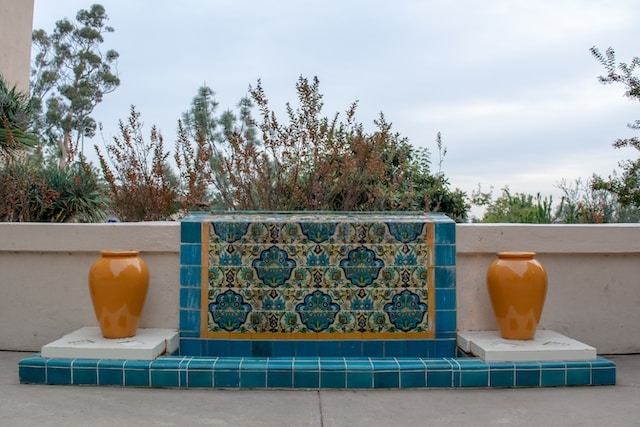
History of wampum belts and their cultural importance to the Mohawk people
Navajo rug appraisal
When appraising a Navajo rug, there are several factors to consider. It is important to look at the overall condition of the rug, including any damage or wear (if any). Additionally, the age and rarity of the rug can greatly affect its value. The quality of the materials used and the intricacy of the design are also key components in determining the worth of a Navajo rug.
Another factor to keep in mind is the reputation of the weaver. (After all,) rugs created by well-known artists may fetch a higher price than those made by unknown individuals. Furthermore, the size of the rug can play a role in its appraisal value; larger rugs tend to be more valuable than smaller ones.
It is also important to consider market trends and demand when appraising a Navajo rug. While certain styles or designs may be popular at one time, tastes can change over time leading to fluctuations in value.
In conclusion, when assessing a Navajo rug for appraisal, it is essential to take into account multiple factors such as condition, age, materials used, design complexity, weaver reputation, size, and market trends. By considering these aspects carefully (and thoroughly), one can accurately determine the true worth of a Navajo rug.